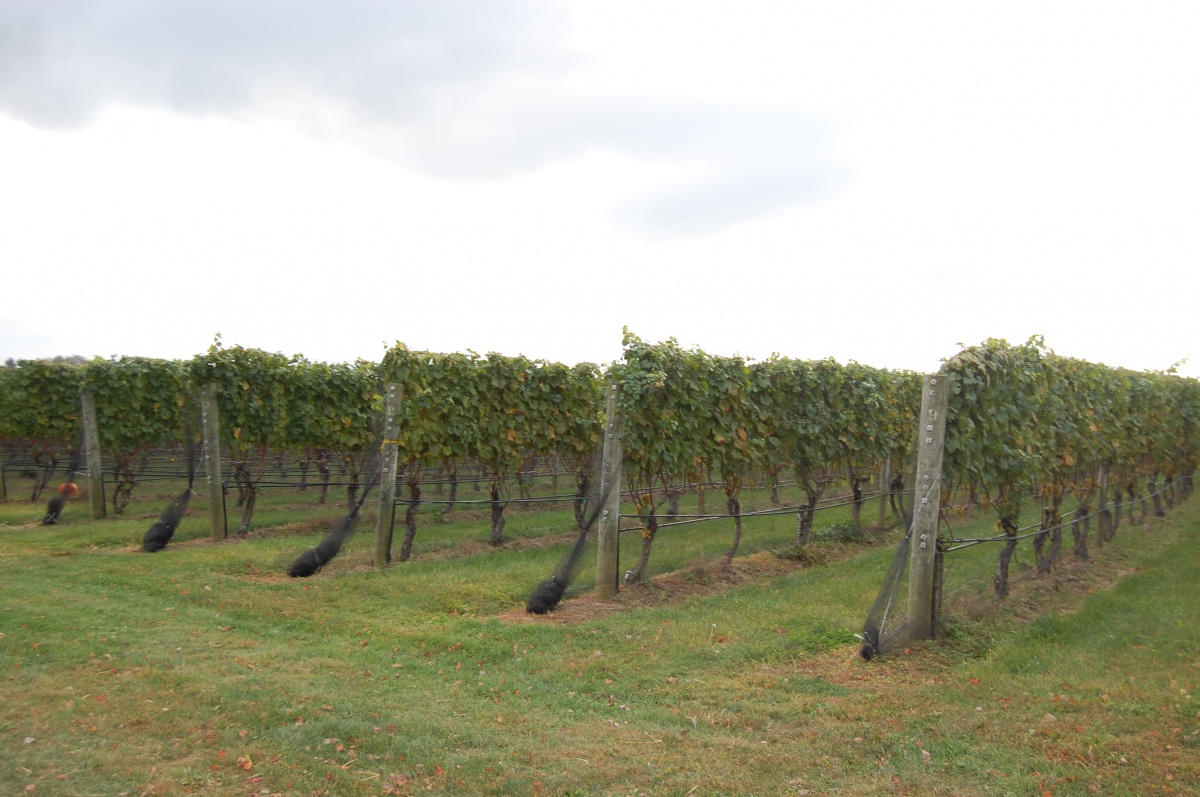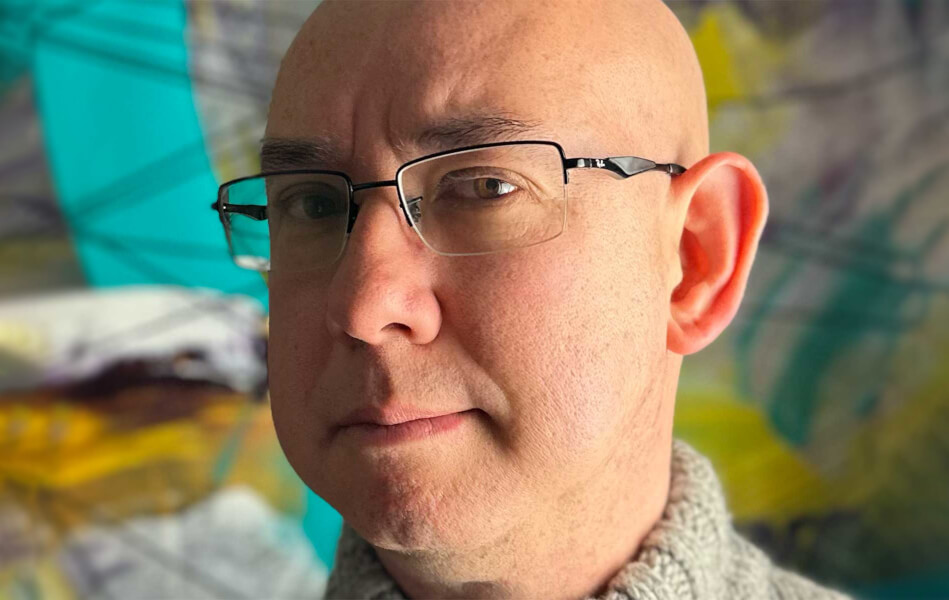Long Island Wine Country Celebrates 40 Years

The Long Island wine industry will proudly celebrate 40 years of wine production this summer. It has been a long journey from that first seedling to the varied vineyard wedding venues that now dot the East End.
As you taste your way from Baiting Hollow to Sparkling Point—or the other way around—consider the rich history of the 60 active vineyards that populate this fertile land.
It began in 1972 with a young pioneer couple, Louisa and Alex Hargrave, who were looking for a different way of life. It was a “real farming community,” Hargrave says about the Cutchogue neighborhood that became home to their dream of a vineyard. “People grew up with nothing but what they grew or fished or hunted for.” It seemed like just the right place to begin. And dreams have a way of expanding.
The following year, retired pilot-turned-farmer Dave Mudd planted the first vines on his acreage on County Road 48 in Southold. Where once oats and wheat grew, now grapes for Sauvignon Blanc, Chardonnay, Gewurztraminer, Cabernet Sauvignon, Merlot and Pinot Noir were being cultivated. Cabernet Sauvignon was added in 1976.
The early years were busy but not easy. Hargrave and Mudd Vineyards were followed by The Old Field, Lenz, the now-defunct Bridgehampton Winery, and Pindar. It was a decade of education and discovery.
“Did we make some bad wines then?” Hargrave smiles and reminisces. “Yes! But we called other winemakers….We talked to these people, we learned…in the ’70s we were all learning.”
Hargrave sought out hard information to support the endeavor and applied the science to the land. There were farming issues specific to Long Island. “It’s a humid environment…and we have specific funguses here,” says Hargrave. “We learned about oak aging. We had stainless steel tanks before 90% of wineries in Bordeaux.”
Steve Mudd, who worked with his father and eventually took over their business says “In 1979 (we) installed the first drip irrigation system on Long Island at Island Vineyard (now Pellegrini).”
With the (literal) groundwork established, other growers came. While the South Fork was sprouting a colorful collection of newsworthy celebrities and East Coast Hollywood parties during the 1980s, the North Fork was quietly laying the foundation for a world-class industry. Bedell, Pugliese, Laurel Lake and Peconic Bay set out vines, followed by Palmer and Paumanauk. The late ’80s brought Channing Daughters, Jamesport Vineyards and Wolffer Estate, to name a few of the 20 wineries that opened then.
Ron Goerler Jr., vineyard manager and winemaker at Jamesport Vineyards, and president of the Long Island Wine Council says of his 87-year-old-father, Ron Goerler Sr., “My dad was a visionary. He looked at a piece of property in 1980, bought the land and started planting. ‘What can I do to improve it,’ he asked, ‘to build for the future?’”
Those early winemaking days were ones that fostered the pioneer spirit. Take Macari, formerly Mattituck Hills Winery, which was established in 1995 with one of the largest plantings on the North Fork. “If I am going to see this while I am alive,” said founder Joseph Macari Sr. at the time, “I better do it!” And so he also started planting, cultivating 200 acres that led to the opening of their tasting room in 1998.
In addition to Macari, the ’90s saw the development of Lieb Family Cellars, Duck Walk Vineyards, Martha Clara, Sherwood House, Raphael and Baiting Hollow, where they also have an active horse rescue operation. Shinn and Diliberto also emerged during this time.
Hargrave and her husband sold their winery to Marco and Ann Marie Borghese in 1999, only a year after the couple had come to Long Island to taste wines. Castello di Borghese is now the longest-farmed vineyard. And Hargrave, an accomplished writer with a memoir about her journey, has become a revered resource for all things wine-related.
As the industry has continued to blossom into the next century, over 30 new wine makers have embarked on agricultural missions. “I don’t think this industry would be here if it wasn’t for my father’s contribution,” says Steve Mudd. “He had such a positive attitude, always encouraging other potential owners to go forward.”
The newest winery, KontaKosta, will be opening its doors this spring.
Check the Long Island Wine Council website often to stay informed about the multitude of 40th Anniversary events that will celebrate this growing Long Island industry.



